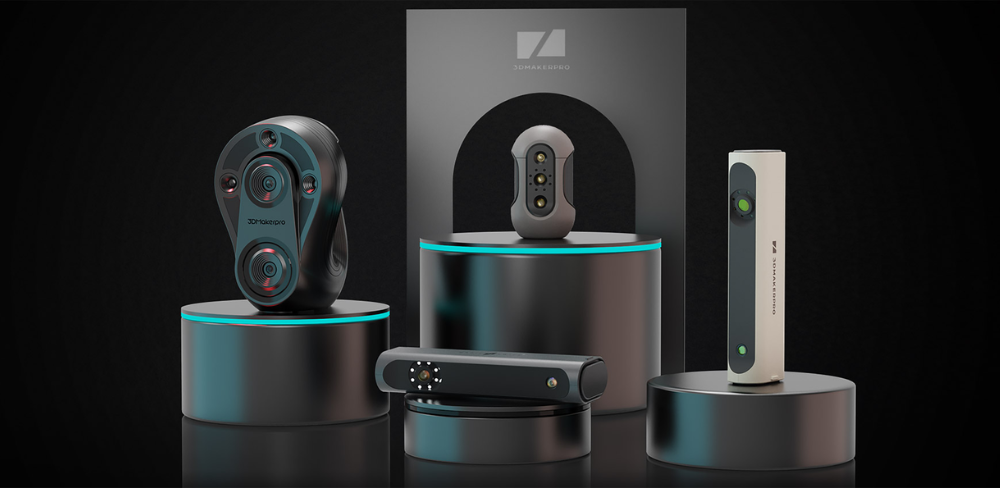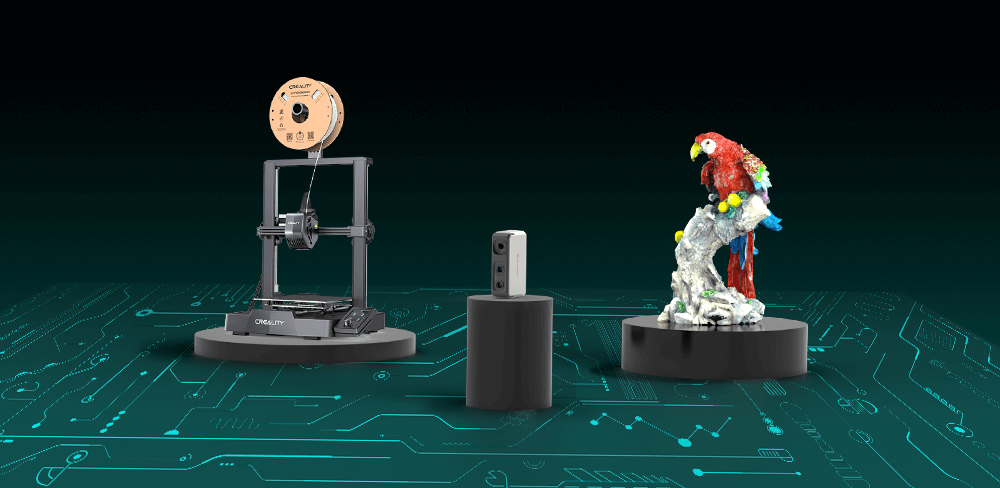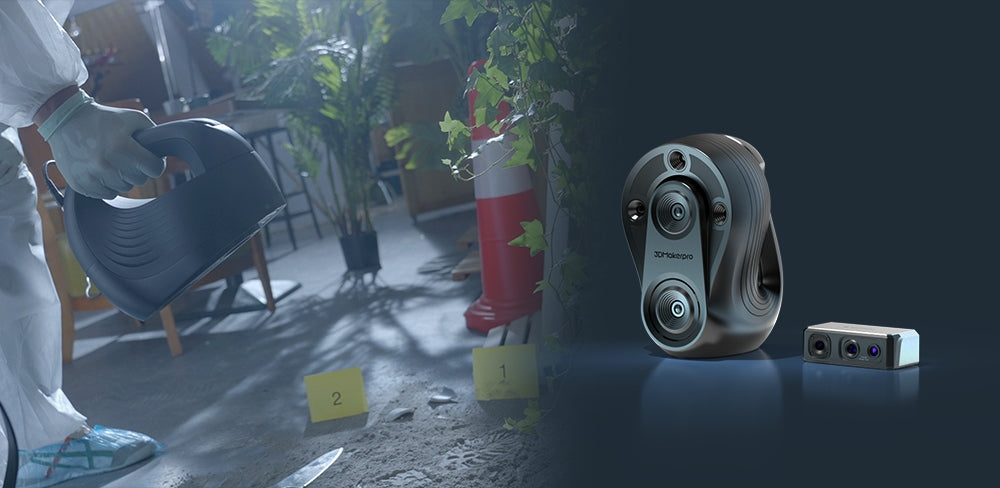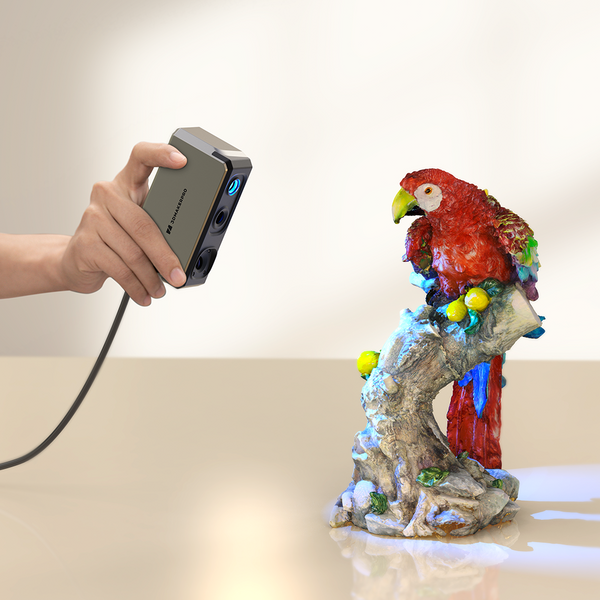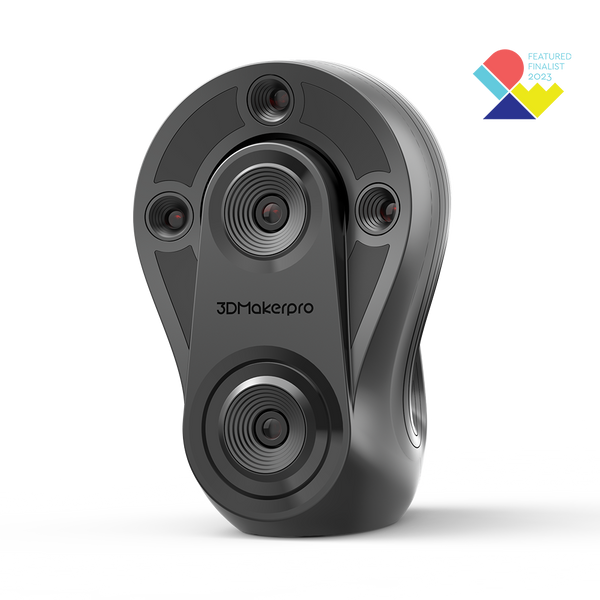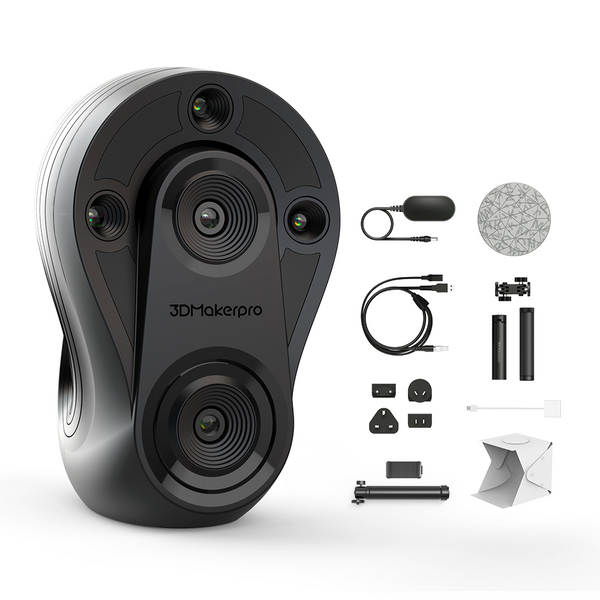Understanding the important parameters before making a purchase is crucial, and it is also significant to learn about the essential parameters that define a 3D scanner's performance. From accuracy and resolution to depth of field and scanning speed, each parameter plays a vital role in capturing detailed and precise 3D scans. Join us as we explore these parameters and discover how they contribute to an optimal scanning experience.
Accuracy: The Foundation of Precision
Accuracy refers to the level of size error between the scanned data frames and the actual object. Typically measured in millimeters, the scanner's accuracy parameter ranges from 0.01mm (such as Seal 3D Scanner) to 0.50mm. A smaller value indicates higher accuracy, ensuring that the scanned model faithfully represents the original object's dimensions.
Resolution: Unveiling the Finest Details
Resolution, also known as point distance, determines the spacing between individual points in the point cloud. The scanner's resolution typically falls within the range of 0.05mm to 1.00mm. A smaller value signifies a finer point cloud, enabling the capture of intricate details in the scanned object. Seal, Mole, and Whale 3D Scanners offer 0.05mm ultra-high accuracy.
Depth of Field: Delving into Space
The depth of field refers to the longitudinal capturing distance of the scanner's depth camera. With a depth of field ranging from 50mm to 500mm, scanners can capture a larger vertical space. A greater depth of field is advantageous for scanning deeper cavities and complex objects with significant surface variations.
Scanning Speed: Efficiency in Action
Scanning speed is closely tied to the technology employed by the scanner. Consumer-level scanners utilizing multi-eye structured light technology often require 2-3 frames to generate a point cloud, resulting in a slower scanning process. On the other hand, single-frame encoded structured light technology enables real-time point cloud generation with each frame. This streamlined approach enhances the scanning experience, making it the preferred technical route adopted by 3DMakerpro.
Portability: Mobility and Versatility
Portable 3D scanners provide a flexible, on-the-go solution for capturing accurate and detailed 3D data. With their mobility, versatility, and ease of use, they empower users to scan objects in various environments and streamline their scanning workflows. Embrace the freedom from handheld 3D scanners and the convenience that brings to your projects and unlock new levels of creativity and efficiency.
In Summary
Understanding the key parameters of a scanner is vital for achieving optimal scanning results. By considering factors such as accuracy, resolution, depth of field, and scanning speed, you can select a scanner that meets your specific requirements. Whether you're capturing precise measurements or intricate details, these parameters will guide you toward a seamless scanning experience. Embrace the world of 3D scanning with confidence, knowing that you have unlocked the potential of these essential scanner parameters.


